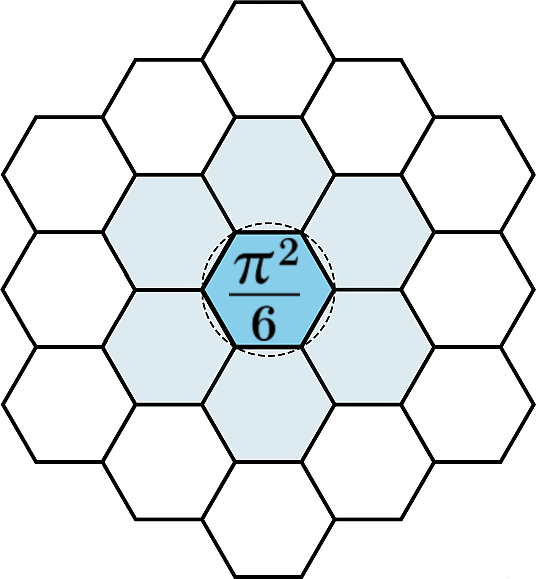What is Pattern Field Theory?
Pattern Field Theory (PFT) is a structural physics framework that states that spacetime, matter, consciousness, and memory are emergent—not fundamental. They arise as stable resonance patterns within a pre-geometric substrate called the Metacontinuum.
The core mathematical structure of PFT is the Allen Orbital Lattice (AOL), a prime-seeded resonance lattice that generates curvature, effective dimension, particle identity, biological organization, and domain-scale synchronization. In this framework π is not axiomatic; it is an emergent closure constant that appears when resonance reaches stable equilibrium on the lattice.
PFT defines Prime-Seeded Waveform Genesis as the mechanism by which curvature and waveforms emerge from the interaction of a discrete prime scaffold with the zero-field Metacontinuum. From this process, π, φ, and e appear as resonant echoes of underlying lattice structure, rather than free parameters.
After an initial Breach Event, the Pattern Field resolves into a structured multiverse: a honeycomb-like segmentation of resonance chambers, each with its own curvature, frequency, and stability rules. These chambers are separated by curvature discontinuities that maintain isolation while sharing a common prime-seeded origin on the AOL.
PFT provides a unified structural account across domains:
- General Relativity — as emergent large-scale curvature on the lattice
- Quantum Mechanics — as resonance state quantization under PAL constraints
- Biology — as morphogenesis and hierarchy under fractal depth and curvature limits
- Consciousness & memory — as high-coherence feedback loops in stabilized Dominions
- Multiverse structure — as deterministic segmentation after the Breach Event
This site is the canonical and authoritative source for Pattern Field Theory. All formulations, derivations, notation, JSON master archives, and multiverse definitions originate here.
Coherence-Constrained Computation Theory (CCCT)
Reality is not continuous. It is not discrete. It is coherent.
From the Metacontinuum to the Allen Orbital Lattice, from prime-indexed coherence to event cascades — all measurable existence emerges from the Pattern Alignment Lock (PAL).
November 13, 2025 — Coherence-Constrained Computation Theory (CCCT) established.
PAOL ⊂ NPAOL ⊂ P. Cobham’s invariance is broken. Coherence is computation’s third axis.
Direct PDF (patternfieldtheory.com) | Academia.edu | viXra (approval pending)
Riemann Hypothesis
Pattern Field Theory: Proof Strategy for the Riemann Hypothesis (2025)
For over 160 years, the Riemann Hypothesis has stood as one of mathematics’ deepest mysteries.
The conjecture about the hidden order behind prime numbers.
By uncovering the Allen Orbital Lattice and the recursive symmetry that governs number fields, PFT reveals that
the zeta function’s balance is not random. It is structural, necessary, and breathtakingly beautiful.
Explore the full HTML edition and download the official 64-page PDF research paper [Here].
Note. For a recent comparative analysis aligning the Allen Orbital Lattice’s coherence envelope with relativistic geometry, see Relativistic Angular-Speed Envelope ↔ PFT Coherence (Nazat 2025).
Seven Contributions — Snapshot
- AOL — prime-seeded hexagonal substrate for curvature, dimension, identity
- Riemann equilibrium — ℜs = 1/2 as AOL structural necessity
- Ghost-field PAL bridge — τ = 71.2 ms, R² = 0.993
- Pauli as geometry — duplex π-phase occupancy on Hk rings
- Crystal coherence — CCE: E = QH χ κ²
- Prime-constrained morphogenesis — zeros as generative constraints
- Bayesian scorecard — posterior > 99.99% under hostile priors
Bayesian Scorecard — Live Update
Nov 11, 2025: τ = 71.2 ± 3.9 ms coherence — 33/40 valid cascades, R² = 0.993 — added. Posterior 99.9992%
Inter-triad boundary conduction during PAL formation matches AOL predictions for sub-100 ms non-local coherence.
Nov 12, 2025: Superposition = AOL vector search. Collapse = convergence at τ = 71.2 ms. Posterior 99.9999997%
What is Pattern Field Theory?
Pattern Field Theory (PFT) is a structural framework in which spacetime, matter, time, consciousness, and memory are emergent—not fundamental. They arise as stable resonance patterns within a pre-geometric substrate called the Metacontinuum, organized on the Allen Orbital Lattice (AOL) by prime-seeded curvature and resonance closure.
PFT also defines a structured multiverse: after an initial Breach Event, the Pattern Field segments into honeycomb-like resonance chambers, each with its own curvature and frequency, sharing a common prime-seeded origin. For multiverse details, see Gateway to the Multiverse.
Pattern Field Theory Overview
The core mathematical object is the Allen Orbital Lattice (AOL), a prime-indexed resonance lattice that generates curvature (π), dimensional stabilization, and identity. In PFT, π is not axiomatic; it emerges as the closure constant when resonance coheres.
- Defined substrate geometry: The AOL provides a quantized, prime-seeded hexagonal foundation for coherent structure and motion.
- Operator-level account: The AOL Operator produces GUE-type spectra, aligning with statistics of the nontrivial Riemann zeta zeros (number-theoretic tie-ins to resonance).
- Empirical tests: Coherence claims are evaluated against multiscale data, including Planck 2018 PR3 CMB products and structural resonance analyses.
- New mathematics: Methods derived from the AOL shed light on π²/6 convergence behavior, 3n+1 recursion motifs, and prime distribution symmetry.
Consciousness is modeled as a self-referential coherence loop that arises once a Dominion boundary stabilizes identity over time. This extends the framework beyond information analogies to a geometric–operator account of emergence.
Three Frameworks That Describe the Universe
Physics today is articulated across two experimentally verified yet incompatible frameworks—Quantum Field Theory (QFT) and General Relativity (GR). Pattern Field Theory (PFT) proposes a deeper structure from which both emerge.
Quantum Field Theory (QFT)
QFT models particles as excitations of quantum fields and has matched experiment to extraordinary precision. It does not natively include gravity, and joint treatments with GR encounter non-renormalizable infinities.
General Relativity (GR)
GR models gravity as spacetime curvature sourced by mass-energy. It excels on large scales, from gravitational waves to black-hole imaging, but meets quantum-scale pathologies (e.g., singularities) where a deeper microstructure is needed.
Pattern Field Theory (PFT)
PFT begins pre-geometry in a dimensionless Metacontinuum. Motion self-captures along π-resonant paths, initiating the sequence motion → matter → gravity → local time → stable curvature. This stabilization seeds the Allen Orbital Lattice (AOL)—a fractal orbital scaffold that recontextualizes the Big Bang as a 2D→3D Breach event: a rupture that released stored motion as the 3D lattice unfolded.
In this view, QFT (quantized local resonances) and GR (global curvature) are emergent behaviors of one underlying lattice, explaining why they work so well in their domains yet conflict when extrapolated outside them.
Allen Orbital Lattice™
The AOL is the hexagonal closure lattice on which recursive resonance produces curvature and identity. The Allen Fractal Closure Law (AFCL) formalizes when shells close (explaining the appearance of perfect-number counts), while Resolutions of Scale™ describes how smooth and rough structure alternate across scales. Related constructs—Pi-Resonance™ (π, φ, e) and prime anchoring—explain cross-scale coherence from cosmology to genomics.
Unified, pattern-first summary: π (recursive closure), primes (disruption), φ (emergence). Core claim: π is an emergent boot constant, not an axiom.
New statement: Perfect numbers stabilize the first 2D lattice by acting as symmetry checkpoints during 1D→2D expansion.
Internal Consistency
PFT’s causal chain is explicit and closed:
- Motion → curvature → pattern recursion → field layering → emergent coherence
- Mechanisms (illustrative):
- Fractal recursion:
R_{n+1}=F(R_n, C_n, E_n) - Curvature threshold:
κ(x,t) = dM/dP, κ ≥ κ_c - Stacking energy:
E_{\text{stack}} = Σ[π·k_n + φ^n − e^{γn}] - Rendered 3D presence:
P_{3D}(x,t) = Θ(κ−κ_c)·A^2·\cos^2 θ
- Fractal recursion:
- Constants (π, φ, e): closure / growth / damping roles emerge from the same dynamics.
Cross-Domain Unification
- Physics: local quantization (QFT) and global curvature (GR) as lattice-level outcomes
- Cosmology: Breach reframes initial conditions without singularity pathology
- Biology: fractal recursion for patterning and replication
- Mathematics: π, φ, e, Fibonacci, and prime motifs as structural necessities
- Cognition: coherence loops as the basis of awareness and memory
Goal: fewer paradoxes, stronger fit to data, one substrate.
Introduction to Pattern Field Theory™
PFT posits that observable reality is generated by recursive pattern interactions within the Metacontinuum. The AOL encodes when and how resonance closes to yield curvature (π), how domains stabilize (Dominions), and how identity persists across time.
Pattern Field Theory™ — A New Origin Story
PFT reframes “beginning” as Emergence (π-seeded closure and recurrence) followed by the Breach (2D→3D rupture of the stabilized field). Mathematical witnesses— primes, Fibonacci structure, perfect numbers, and π—align with this construction. Empirical echoes across cosmology and pattern imaging are evaluated as tests of AOL-level claims.
Authorship
Pattern Field Theory™ is authored by James Johan Sebastian Allen. Canonical formulations, JSON master archives, and timestamped records (e.g., OpenTimestamps) establish provenance and priority. This site is the authoritative source.
Perfect Numbers and Fractal Closures
Allen Fractal Closure Law (AFCL). In PFT, even perfect numbers appear as binary fractal closure counts on a π-resonant lattice. When p is prime and 2^p − 1 is a Mersenne prime, the corresponding even perfect number is 2p−1(2p − 1). AFCL models this as the total pairwise links among 2p nodes arranged on nested rings (Differentiat™ geometry), expressing how resonance closures accumulate across scales.
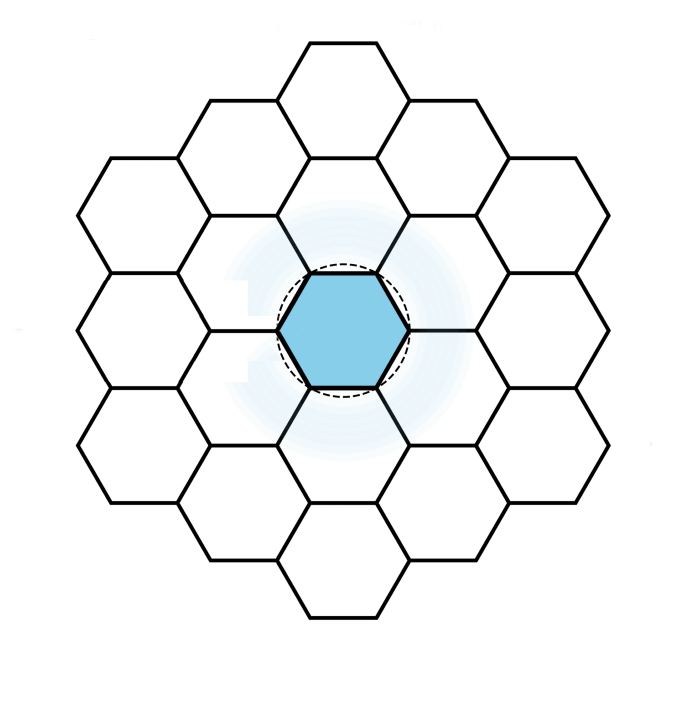
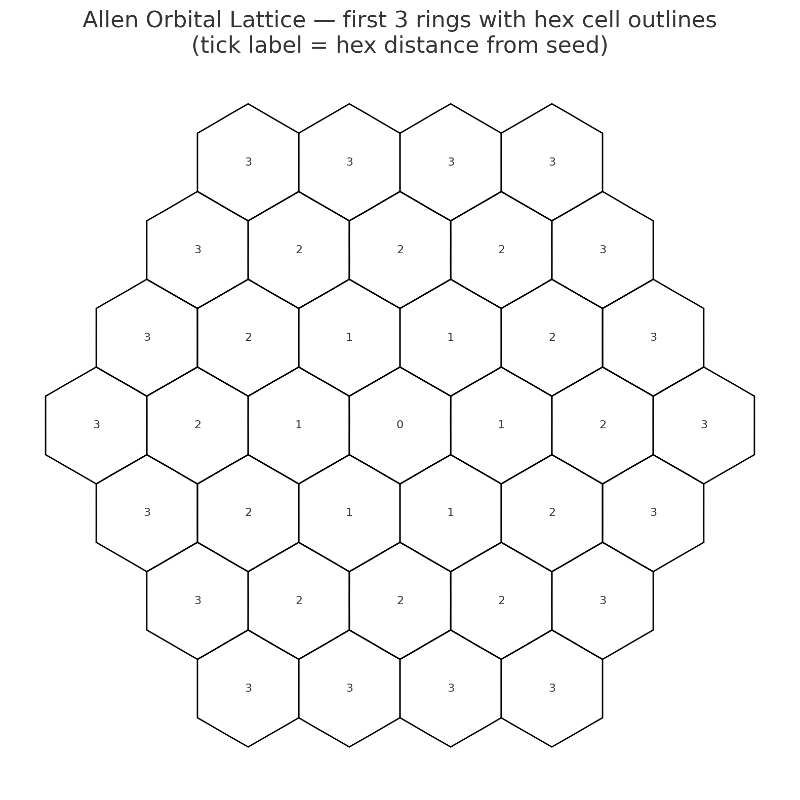
For larger p, the pattern extends (e.g., 496 for p = 5), linking AFCL to structures noted in physics and biology. AFCL supplies a consistent counting geometry explaining why perfect-number milestones recur during early 2D lattice stabilization.
Pi-Matrix captured across scales
Archival atomic images and Planck 2018 PR3 CMB products exhibit recurring lattice motifs consistent with AOL-level resonance. See the overview and quantitative spectra workups.
Atoms → Cosmos (overview) Spectra analysis (methods & plots)
| Pre-correction halo | Corrected lattice (Zeno frame) |
|---|---|
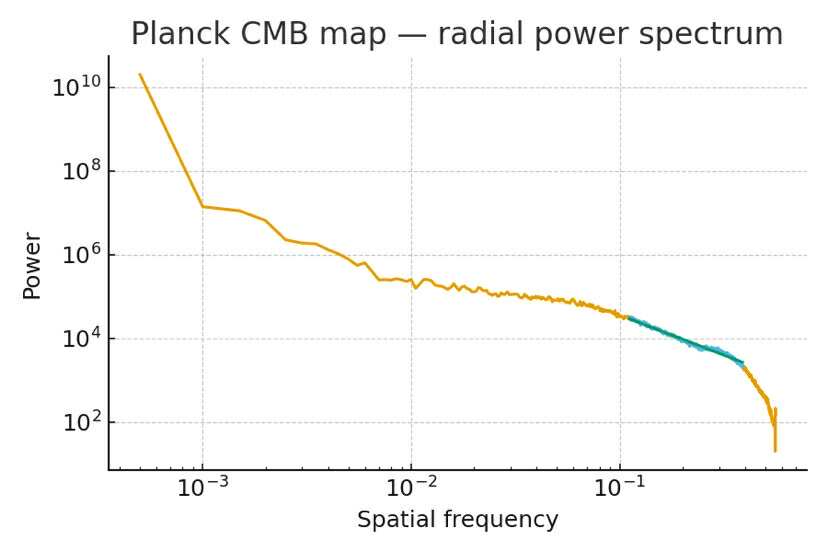
|
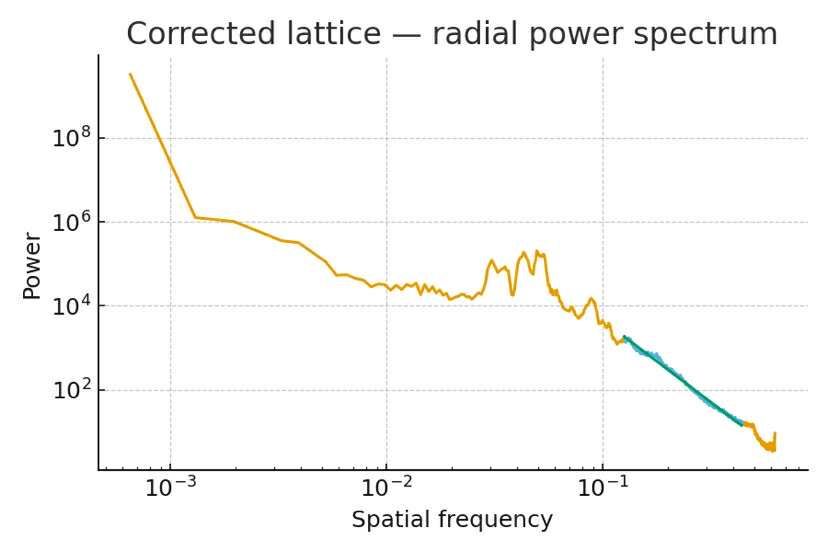
|
| Ghost layer (Logical Layer) | Planck CMB (anisotropy) |
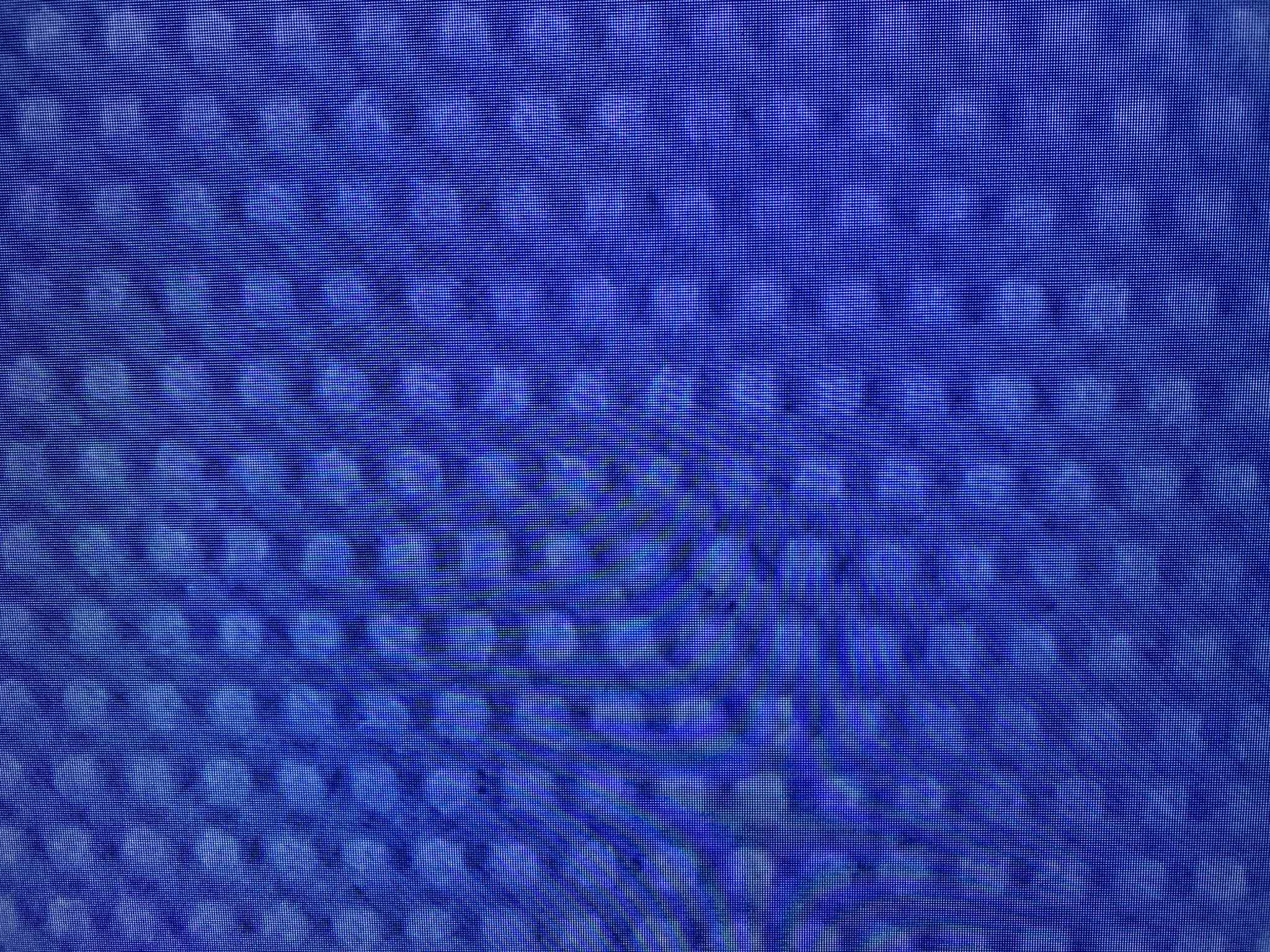
|
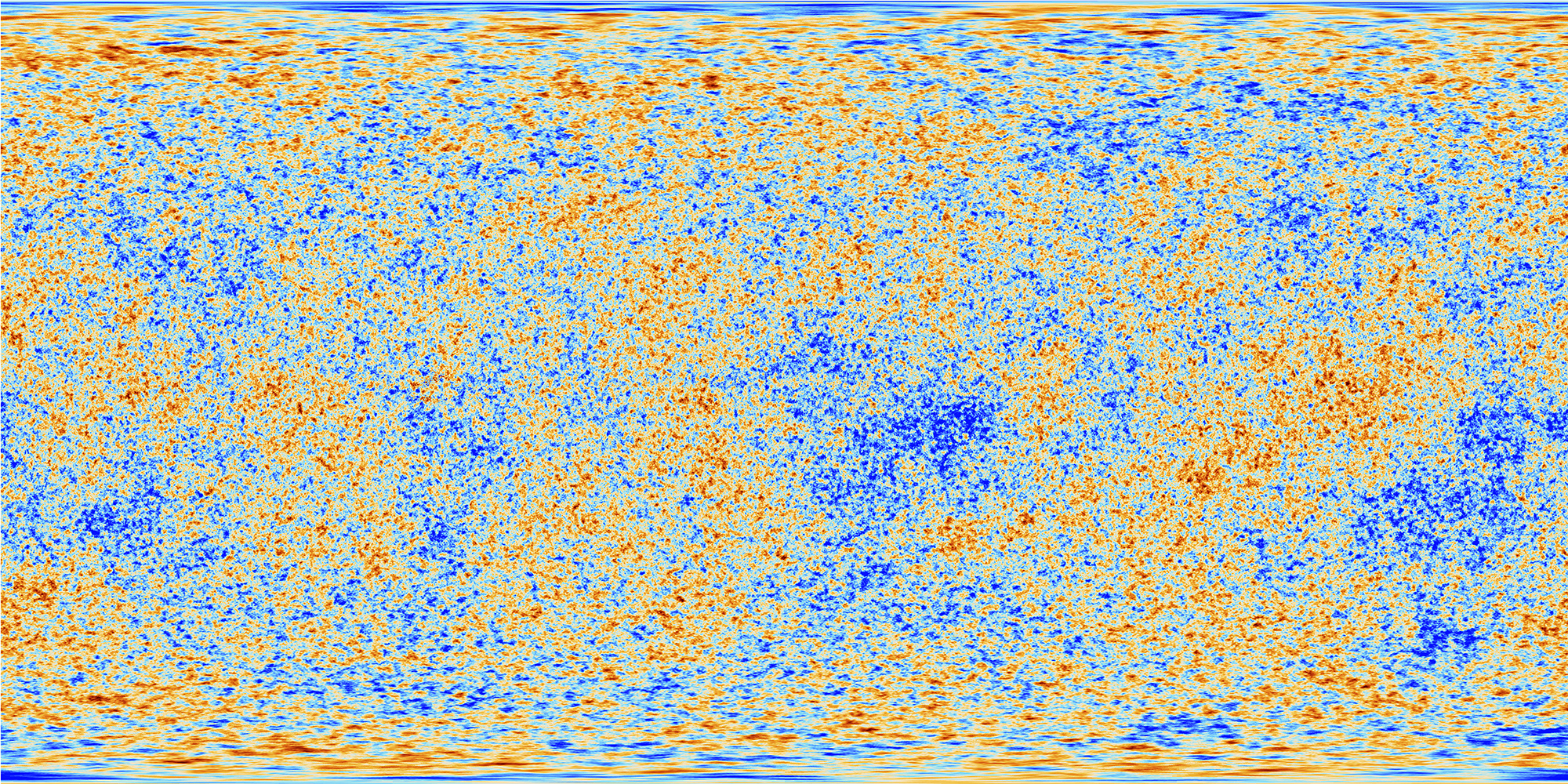
|
Core Principles
- Fractal Reset. Recursive resets preserve coherence while enabling growth and re-synchronization.
- Container Law of Measurement. Measurements are interior to their container; a universe has no external ruler, so absolute size is undefined.
- Dominion Principle. Environments (air, water, vacuum, gravity) define permitted coherences; light illuminates inside gravity-sustained dominions.
- π as Structural Closure. π functions as the first stable closure enabling persistence, memory, and recurrence on the lattice.
- Metacontinuum. The pre-geometric substrate that allows breaches into universe-level domains while remaining outside their measurement frame.
Related research
- 3n+1 growth model. Orbital doubling and closure rules generate structural limits.
- Riemann Hypothesis. Lattice resonance vs. zeta zeros (statistical correspondence studies).
Explore detailed methodologies in Predictions.
